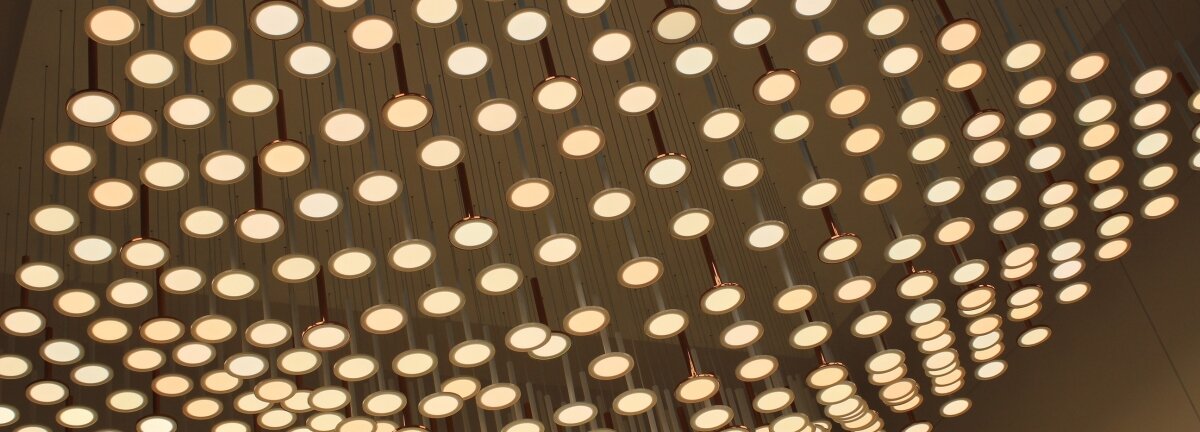London Design Festival 2017

This week was London Design Festival, and with hundreds of unique events and opportunities across the amazing city of London taking place, here we present a small selection of images and comments from some Design Council staff that attended.
Claire Round who attended a number of talks described what she saw and heard:
‘Graphics, branding and place: from image to action’. Three different presenters showcased work which showed the important role graphics and branding play in helping us make sense of and thrive in the environment around us. Although some of the examples were functional (e.g. the creation of a graphic identity for the new New York ferry system) and others were more conceptual – all showed the importance of taking a design approach to create positive impact for people. My favourite was a case study presented by Mads Quistgaard of the Urgent Agency in Denmark, about their collaboration with the Swiss ambassador to Denmark. Using design thinking, they have reimagined the diplomatic process, as the traditional model of the embassy building is changing, to make it more open and accessible, focusing on the idea of cultural exchange. As a result, they’ve created the idea of the ‘pop-up embassy’.
The Swiss ambassador on the bike he uses to get out and meet people.
‘Telling stories through design’. This was a conversation with MinaLima, the design team whose most recognisable work is the creation of the graphic universe for the Harry Potter films. It was really interesting to hear them talk about the way they work through a script and figure out how props could be used to bring it to life. The scope and attention to detail was amazing – from the tiniest piece of ephemera to entire hoardings of street signage.
Samantha Raggatt and Che Egbuna enjoyed an afternoon at the V&A and here are some of their experiences of the day:
‘Ross Lovegrove’s Transmission' is a soft, undulating sculpture that snakes down the centre of the V&A’s Tapestries Gallery. Its folds are inspired by the red gown, lined with miniver, worn by a lady in one of the hunting scenes on display in the darkened room. As the 21m-long, free-standing piece of material divides the space, its serpentine form frames new and surprising views of the 15th-century tapestries. The installation is created using Alcantara®, a tactile, sound-absorbent and pliable material that, Lovegrove explains, “is a great host for the graphic printing and digital embroidery of my installation”. It is streaked with gold and silver threads, which create an ornamental pattern of over 2 million flecks that run along the edge of the sculpture, glinting in the dramatic gallery light, and reflecting the rich scenes of wealth and aristocratic fashion depicted in the medieval wall hangings. “The tapestries are an oasis of calm,” says Lovegrove of the dark, meditative space. “It’s like stepping back in time, so one’s senses become elevated.” Transmission is intended to transmit the visceral feelings one experiences within the space: “It’s a direct response towards the colour and physicality of the folds of the tapestries using modern software and materials.” Lovegrove’s work, as he puts it, “often alternates conceptually between design and art”. He invites visitors to use and touch his sculpture, in a subversion of the usual museum experience. The industrial designer hopes that this tactile presence will serve to “bridge time and give a sense that visitors can view the tapestries while feeling them in some sense at the same time”.
‘Reflection Room' is an immersive, coloured light experience that will be the first London Design Festival installation to be housed in the Prince Consort Gallery. The vaulted space is lit at each end to highlight and define the dramatic 35m length of the gallery, its ceiling structure, and visitors within the installation. It is illuminated with Talbot's signature of complementary blue and orange lighting, and large black reflective Barrisol panels are used to expand the width of the space, ofering a fragmented view of shifting colours, faceted reflections and light. “Reflection Room is a completely site-specific work,” explains Talbot, an Australian lighting designer living and working in London. “I conceived the idea standing in the gallery, and wanted to add my story on top of the beautiful existing architecture but not to take it over. I wanted to add to its beauty and to exhibit in a new way with an abstracted view of the existing cabinets and amazing ceiling structure. With all of my work I want to create new experiences using light that build a connection between people and place.”
Subscribe to our newsletter
Want to keep up with the latest from the Design Council?
